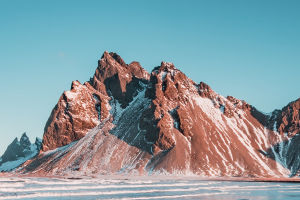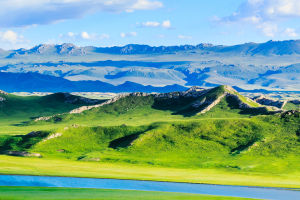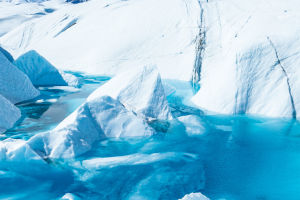Mountain climbing is a passion for many individuals, and when they climb too high altitudes, they often witness the awe-inspiring Mare Nubium, also known as the sea of clouds. But how exactly does this natural phenomenon occur?
The most common cause of the sea of clouds is rain, no wind, and radiation cooling near the ground. After it rains, the air's water content increases due to the evaporation of rainwater. If the local wind is low, the local water vapor is retained. At night, the temperature drops, and the cooling effect is significant, especially at the ground level due to intense radiation.
Clear weather after rain leads to even more significant radiative cooling since there is no cloud reflection. The temperature decrease increases the air's relative humidity and tends to saturate near the ground, forming a fog with a cloud base height close to zero or a low cloud with a low cloud base height. This type of fog is known as radiation fog.
For there to be a sea of clouds, there must be a dry layer above the clouds, allowing people in it to observe the sea of clouds below. The height of this dry layer is called the cloud top height. The sea of clouds can be classified based on the cloud top's height:
1. Near-ground level clouds
These clouds don't require high weather conditions and often occur early in the morning after the rain and with no wind. They're characterized by low cloud top height and can be observed from skyscrapers, drones, or hills with an altitude of one or two hundred meters. However, these clouds have a short duration and may dissipate one or two hours after sunrise. Radiation fog dominates in most areas, and stratospheric fog can also be seen in spring and summer near the sea.
The common vertical distribution of humidity is characterized by lower wet and upper semi-wet levels, with the saturated layer appearing mainly at ground level. Humidity declines more continuously with an altitude above 1500 meters above sea level. Strong dry and wet intermittently appear above the observable layer. The edges of the sea of clouds may not be well-defined and often appear diffuse.
2. Broken rain cloud sea
Apart from the foggy clouds mentioned above, there's also a kind of occasional broken rain cloud that occurs after heavy rainfall. This cloud sea is characterized by clumps and streaks and occurs only when the rainfall intensity is high. Observation conditions are harsh, requiring individuals to wait for strong rainfall and to observe the clouds before they dissipate. These clouds are unlike stratus clouds, which are continuous and diffuse.
3. Low cloud sea
Low cloud seas are observed at relatively high altitudes, with cloud bottoms and cloud tops at a certain distance from the ground. This type of cloud can only be observed in the mountains at relatively high altitudes, such as 1000 meters to 3700 meters. Famous cloud seas such as Huangshan, Emei Mountain, and Niubizhan Mountain often belong to this type.


